Mantua is rich in cultural and architectural attractions that offer a unique insight into Italian history. The historic city centre, a UNESCO World Heritage Site, is full of beautiful palaces, churches and squares. The Palazzo Ducale, former seat of the Gonzaga family, is definitely worth a visit.
Mantua has many magnificent churches, each with its own artistic and historical significance. The Basilica di Sant’Andrea, a fine example of Renaissance architecture, is worth a visit.

The famous Palazzo Te is a square that is a true architectural marvel. You can explore its richly decorated rooms decorated with magnificent frescoes and be transported to a world of mythological stories and artistic splendor. While learning about the rich history of the city, you cannot forget about the delicious culinary experiences of Mantua. The city is known for its traditional Lombard cuisine and is a paradise for lovers of Italian cuisine.
Location
Mantua is located in the Italian region of Lombardy in northern Italy. The city is surrounded on three sides by lakes formed by the Mincio River, southwest of Verona.
Mantua On A River Cruise

Explore Mantua on a river cruise. Effortlessly float between quaint villages, scenic countryside, and history-rich cities and destinations. Enjoy Biking, Local Market Visits, Village Visits, and Wine Tasting on a specialty Mantua river cruis.
Popular destination: Canal Cruise-Italy-Venice-Mantua
Palazzo Te
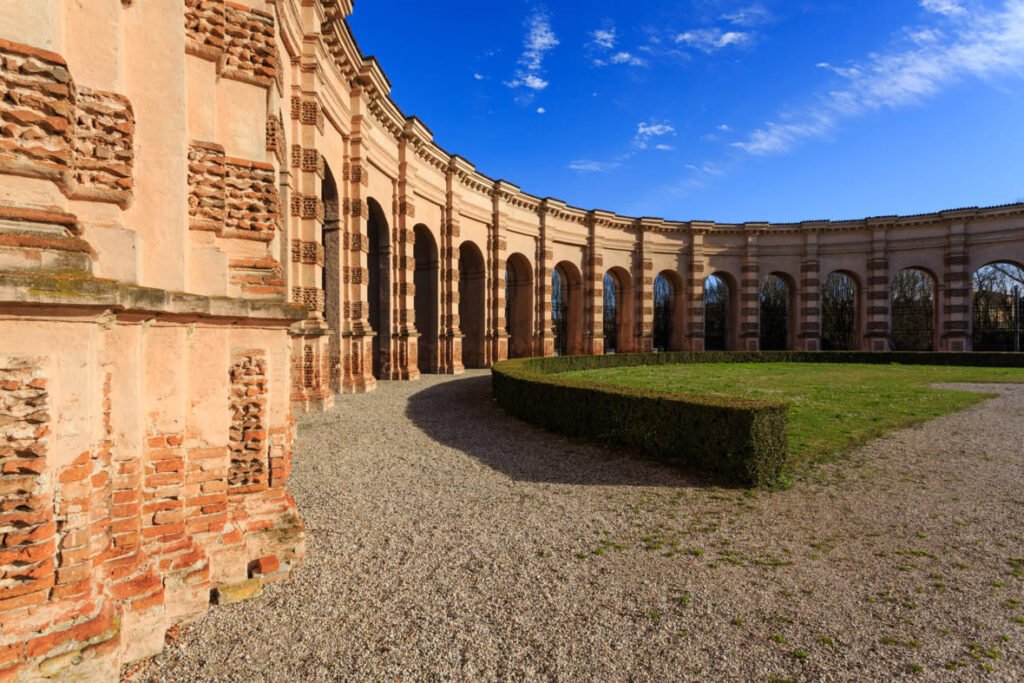
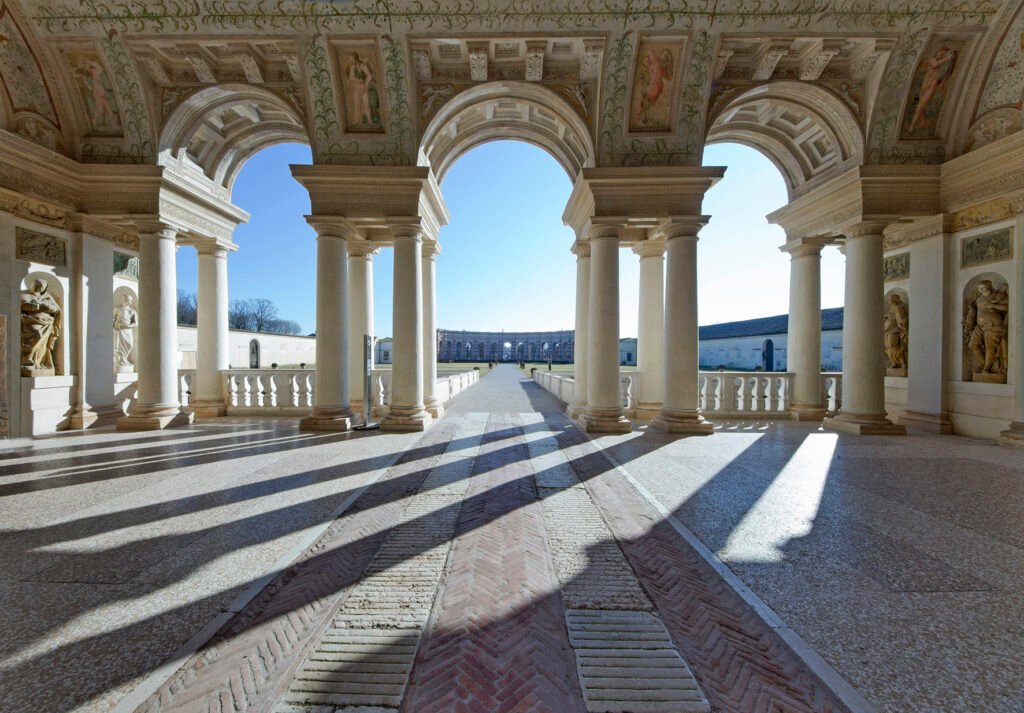
Palazzo Te built between 1524 and 1535 is the most famous work of the Italian architect Giulio Romano. The structure is now home to the civic museum and, since 1990, to the international center of art and culture of Palazzo Te which organizes exhibitions of ancient and modern art and architecture.
A tour of Palazzo Te will take visitors through some of the building’s numerous rooms, all richly furnished and decorated, with remarkable painted decorations. Many of the rooms are named after the characters depicted there, like the spectacular House of the Sun and the Moon or that of Ovid and the Metamorphoses.
The Ducal Palace in Mantua

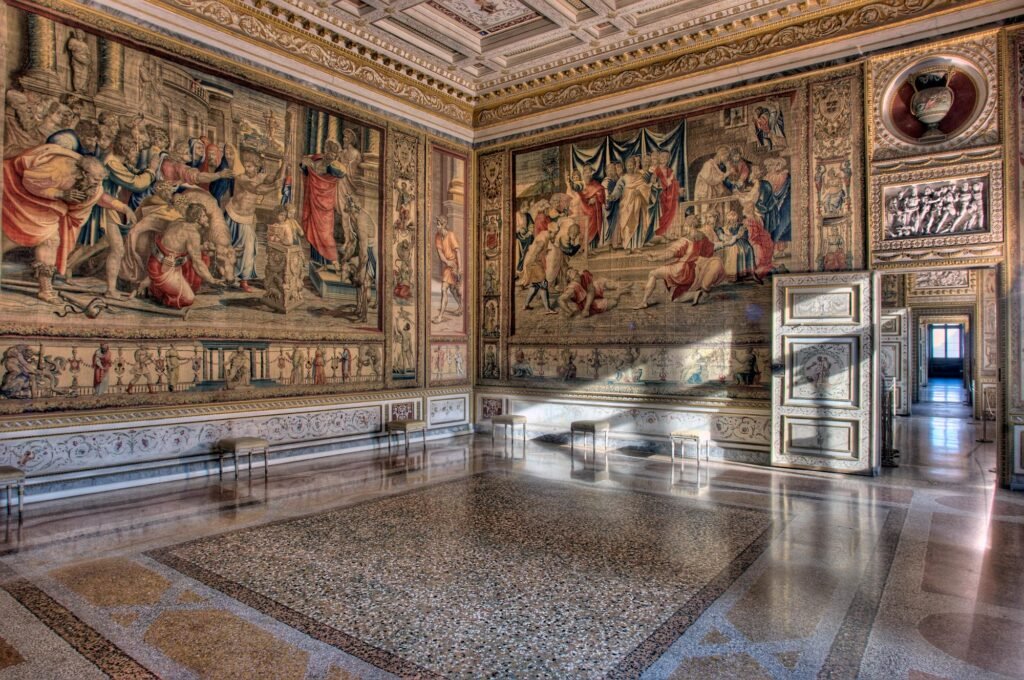
The enormous Palazzo Ducale was the seat of the Gonzaga – a family of wealthy horse breeders who rose to power in the 14th century to become one of Italy’s leading Renaissance families.
Their 500-room, 35,000-sq-metre palace is vast; a visit today winds through 40 of the finest chambers split into three historical parts: the Corte Vecchia, the Corte Nuova and the Castello di San Giorgio. Outside is a courtyard garden known as the Giardino dei Semplici.
Basilica di Sant’Andrea
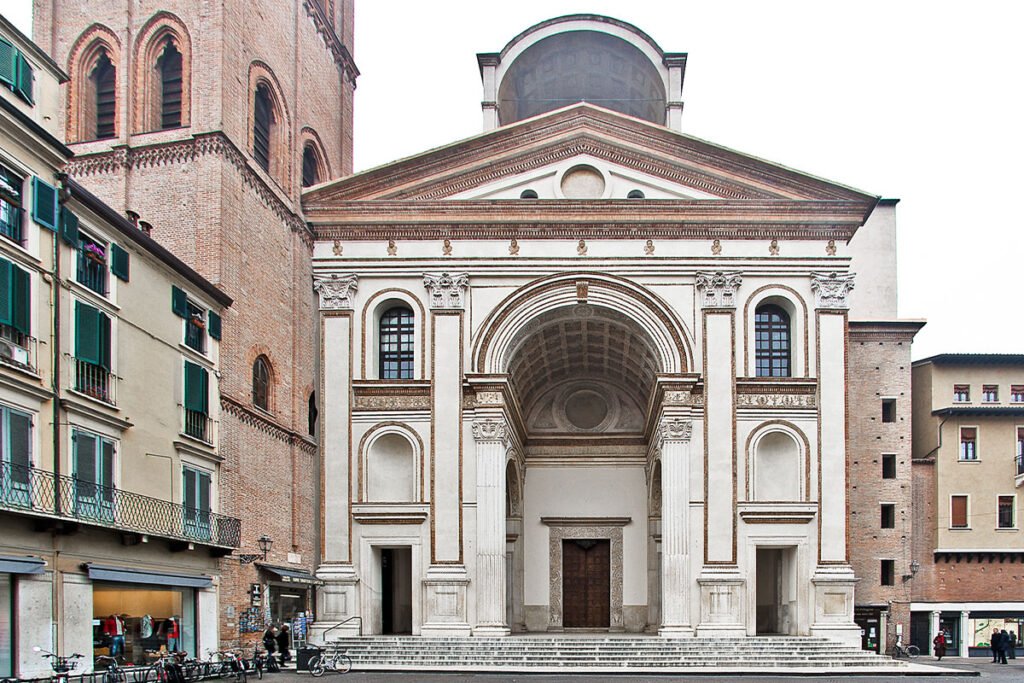
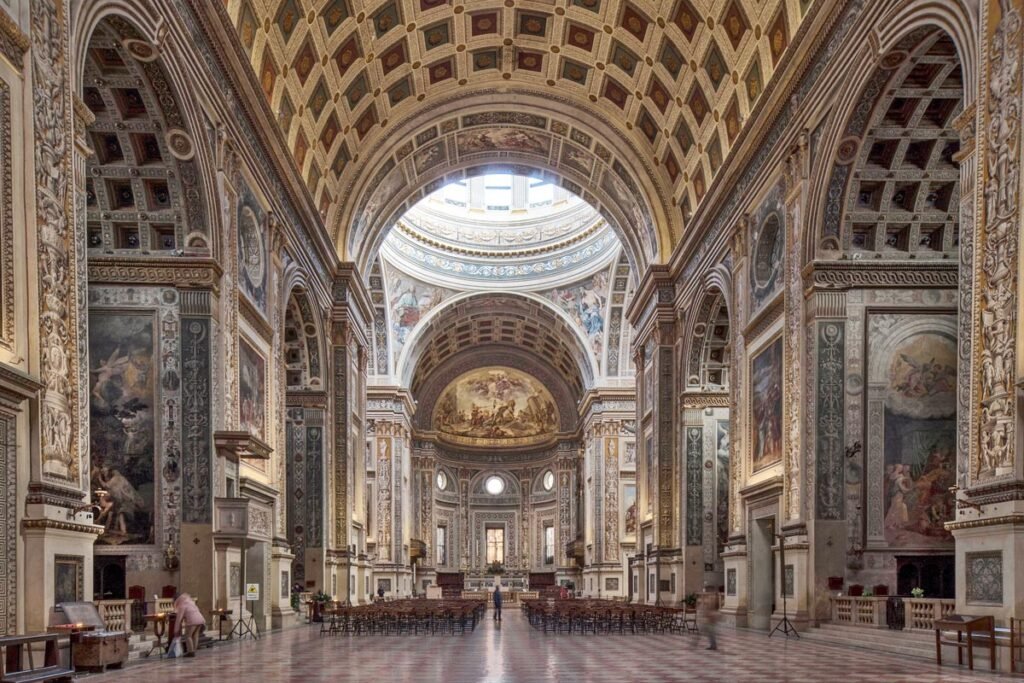
The Basilica of Sant’Andrea was built over three centuries and was completed in 1772. It houses the most magnificent relic of Christianity: the Holy Vessels containing the blood of Jesus.
As part of the reorganization of the Municipal Vicariate, from December 2024, the Basilica of Sant’Andrea ceased to be a parish church and became the Diocesan Sanctuary of the Most Precious Blood of Christ, a place of worship associated with the veneration and dissemination of the spirituality of relics.
Rotonda di San Lorenzo

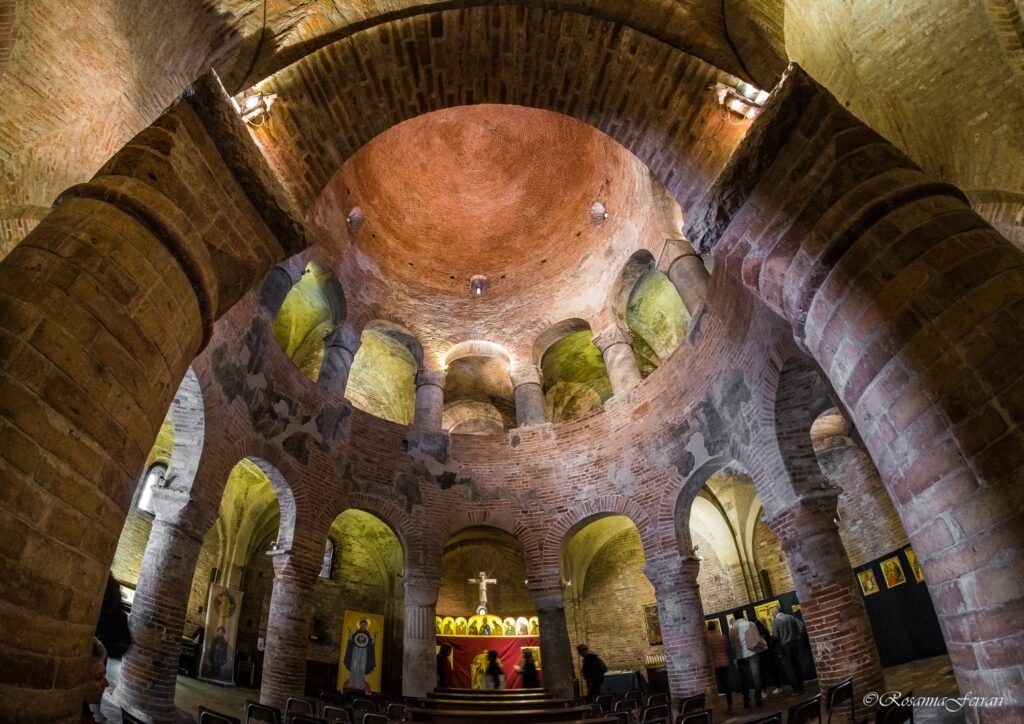
Rotonda di San Lorenzo is the most ancient church in Mantova. Built by will of Matilde di Canossa it reveals -in its round shape an ideal resemblance with Emperor Costantino’s Holy Sepulcher in Jerusalem, a Middle Age world famous masterpiece. Inside Some Byzantine styled frescoes from the 11th and 12th centuries are still visible, namely a Jesus Christ as the Judge of Life up in the vailt and some rich vested angels on the left side of the main altar.
St. Peter’s Cathedral
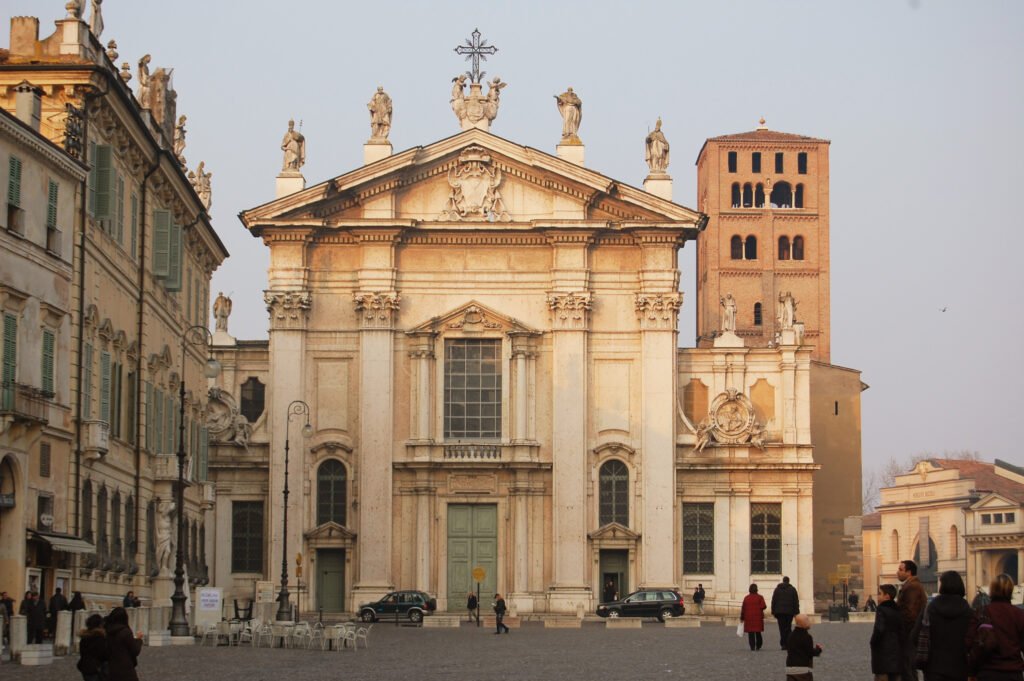
The Cathedral of San Pietro Apostolo (Duomo di Mantova) is a cathedral in Mantua, dedicated to Saint Peter, located in Piazza Sordello, between Palazzo Bianchi and Palazzo Ducale.
The current church was rebuilt and enlarged between 1395 and 1401 by order of Francesco I Gonzaga. The magnificent, long-lost marble façade of the church, equipped with a porch, rosettes and spires. The bell tower of the Cathedral of St. Peter has been a UNESCO World Heritage Site since 2008.
Piazza Virgiliana

Garden square, which takes its name from the monument to Virgil that stands in the center of the square, in place of the nineteenth-century Austrian amphitheater. The area was invaded by the marshy water of Lago di Mezzo that formed an inlet, then it was drained and reclaimed in 1797. In the garden there are rows of trees that delimit the perimeter (on the model of French garden squares) and lawn flowerbeds.
Piazza Sordello
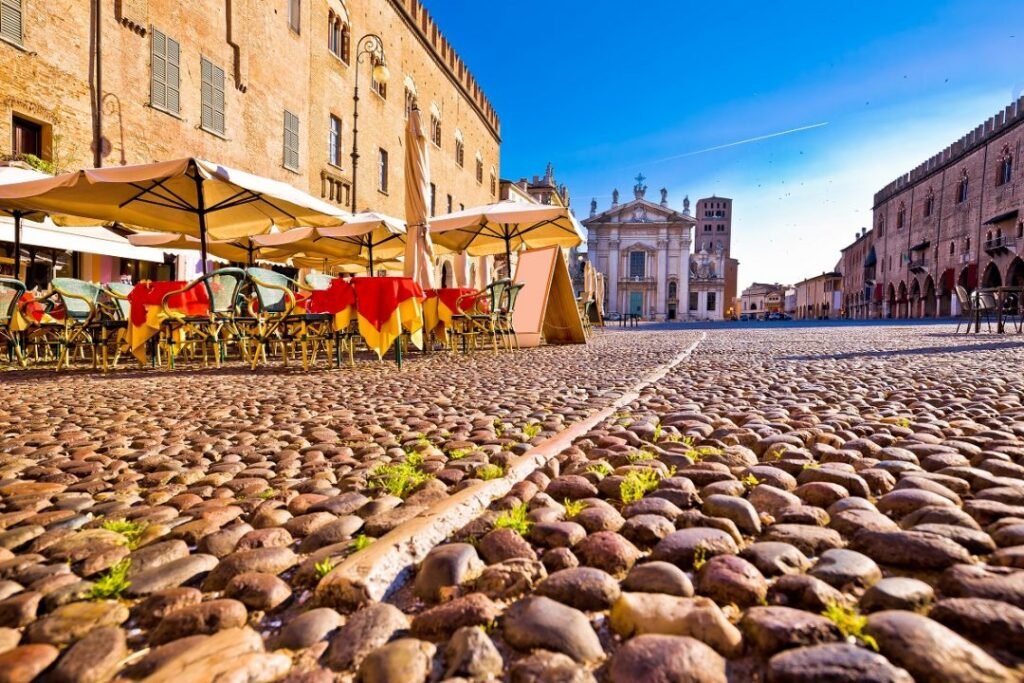
Piazza Sordello is a large square located in Mantua and Mantua dedicated to the poet of the thirteenth century Sordello. Piazza Sordello is the oldest square in Mantua, and was probably the location of the Etruscan town.Sideways onto the palace, the towering, creamy cathedral sports three styles: a late-baroque facade (c 1750), a Gothic left side and a Romanesque belfry. At the square’s southwest corner the flat-fronted, red-brick Torre della Gabbia dates from the 13th century.
Basilica palatina di Santa Barbara
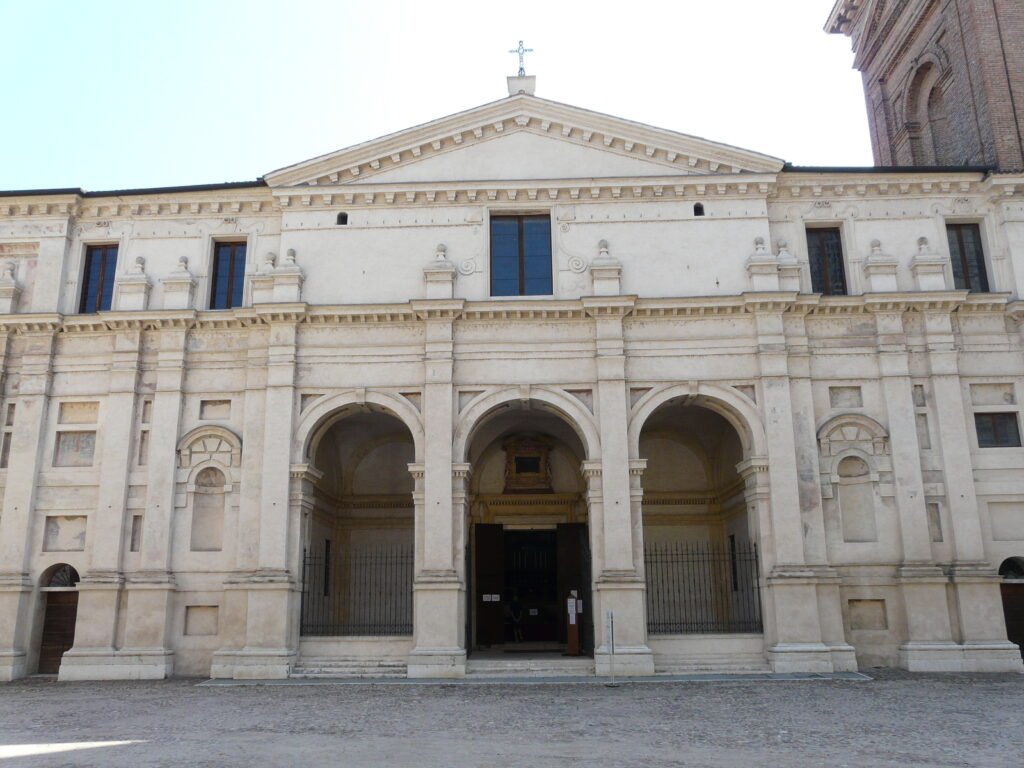
The Palatine Basilica of Santa Barbara, the court church of the Gonzaga family, was built, with its bell tower, by Duke Guglielmo between 1562 and 1572. The facade has three arches, surmounted by a frontispiece, leading to the vestibule, above which is the choir. The Basilica Palatina di Santa though relatively modern compared to some Roman structures, holds within its walls a profound connection to the past.
Museum Tazio Nuvolari

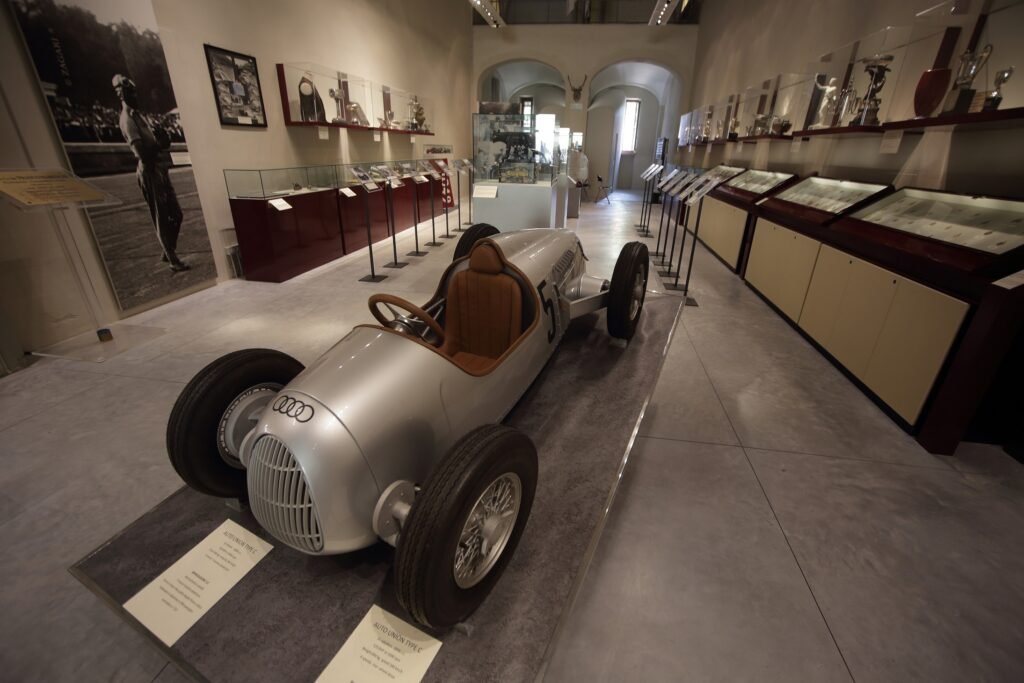
The Tazio Nuvolari Museum is dedicated to the memory of the unforgettable champion that Ferdinand Porsche defined as “the greatest driver of the past, present and future”. Nuvolari (Castel d’Ario 1892 – Mantua 1953) took part in over 350 motorcycle and car races between 1920 and 1950, obtaining no less than 161 victories (91 overall and 70 in class), 2 European champion titles, 5 Italian champion titles, 5 international speed records.
Civic Museum of Saint Sebastian’s Palace
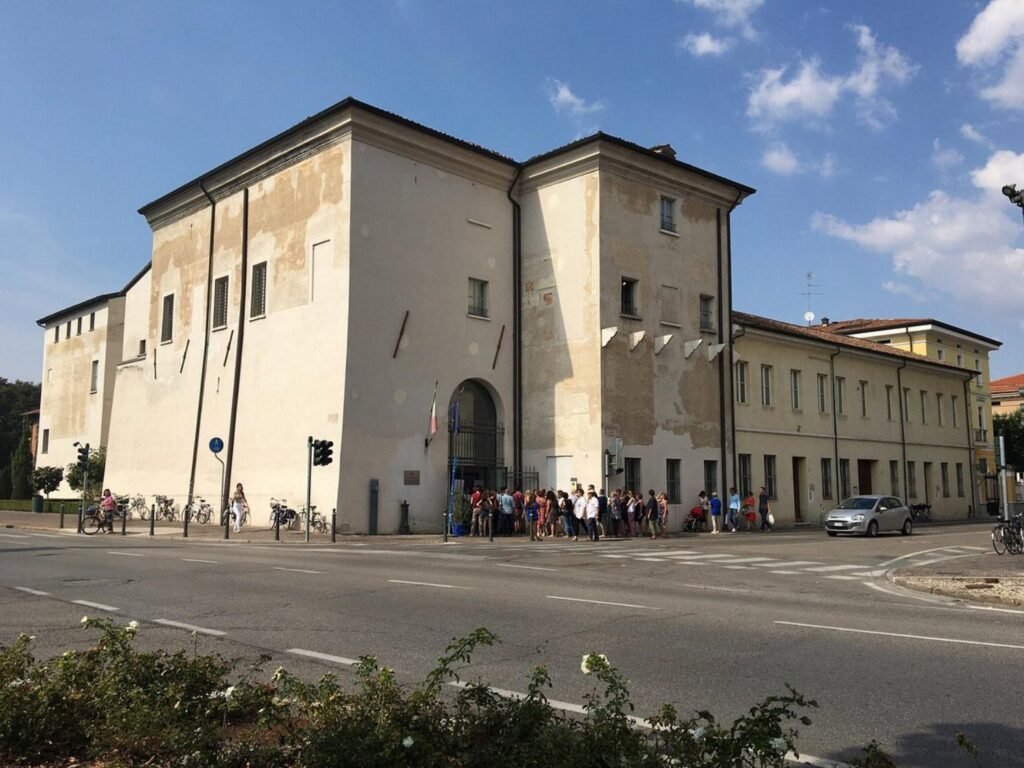

The St. Sebastian Palace Civil Museum, which was opened in 2005, is located in a historic building from the sixteenth century AD. Frescoes of the fifteenth and sixteenth centuries and copies of the Nine Victories of Al-Qusayr and others.
